
Animation is the method and medium that encompasses myriad filmmaking techniques, by which still images are manipulated to create moving images. In traditional animation, images are drawn or painted by hand on transparent celluloid sheets to be photographed and exhibited on film. Today, many animations are computer animations made with computer-generated imagery (CGI). Stop motion animation, in particular claymation, has continued to exist alongside these other forms.

Drawing is a visual art that uses an instrument to mark paper or another two-dimensional surface. The instrument might be pencils, crayons, pens with inks, brushes with paints, or combinations of these, and in more modern times, computer styluses with graphics tablets.

A pastel is an art medium in a variety of forms including a stick, a square, a pebble, or a pan of color, though other forms are possible; they consist of powdered pigment and a binder. The pigments used in pastels are similar to those used to produce some other colored visual arts media, such as oil paints; the binder is of a neutral hue and low saturation. The color effect of pastels is closer to the natural dry pigments than that of any other process. Pastels have been used by artists since the Renaissance, and gained considerable popularity in the 18th century, when a number of notable artists made pastel their primary medium.
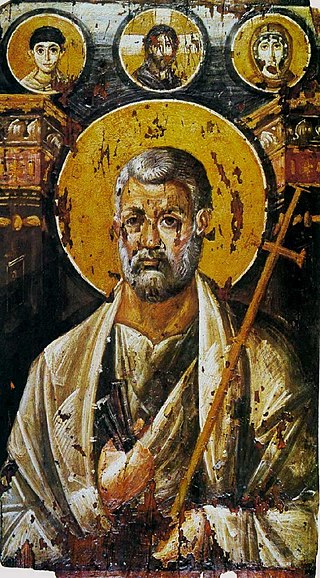
Encaustic painting, also known as hot wax painting, is a form of painting that involves a heated wax medium to which colored pigments have been added. The molten mix is applied to a surface—usually prepared wood, though canvas and other materials are sometimes used. The simplest encaustic medium could be made by adding pigments to wax, though recipes most commonly consist of beeswax and damar resin, potentially with other ingredients. For pigmentation, dried powdered pigments can be used, though some artists use pigmented wax, inks, oil paints or other forms of pigmentation.
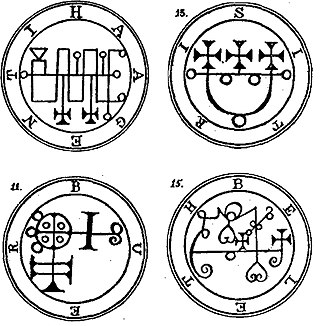
A sigil is a type of symbol used in magic. The term has usually referred to a pictorial signature of a deity or spirit. In modern usage, especially in the context of chaos magic, sigil refers to a symbolic representation of the practitioner's desired outcome.

Carbonara is a pasta dish made with eggs, hard cheese, cured pork, and black pepper. The dish took its modern form and name in the middle of the 20th century.

Oblique projection is a simple type of technical drawing of graphical projection used for producing two-dimensional (2D) images of three-dimensional (3D) objects.
A diagram is a symbolic representation of information using visualization techniques. Diagrams have been used since prehistoric times on walls of caves, but became more prevalent during the Enlightenment. Sometimes, the technique uses a three-dimensional visualization which is then projected onto a two-dimensional surface. The word graph is sometimes used as a synonym for diagram.
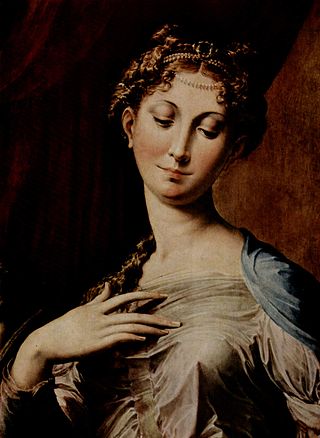
Body proportions is the study of artistic anatomy, which attempts to explore the relation of the elements of the human body to each other and to the whole. These ratios are used in depictions of the human figure and may become part of an artistic canon of body proportion within a culture. Academic art of the nineteenth century demanded close adherence to these reference metrics and some artists in the early twentieth century rejected those constraints and consciously mutated them.
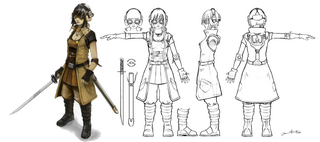
In visual arts, a model sheet, also known as a character board, character sheet, character study or simply a study, is a document used to help standardize the appearance, poses, and gestures of a character in arts such as animation, comics, and video games.

A figure drawing is a drawing of the human form in any of its various shapes and postures, using any of the drawing media. The term can also refer to the act of producing such a drawing. The degree of representation may range from highly detailed, anatomically correct renderings to loose and expressive sketches. A life drawing is a drawing of the human figure, traditionally nude, from observation of a live model. Creating life drawings, or life studies, in a life class, has been a large element in the traditional training of artists in the Western world since the Renaissance.

A rasp is a coarse form of file used for coarsely shaping wood or other material. Typically a hand tool, it consists of a generally tapered rectangular, round, or half-round sectioned bar of case hardened steel with distinct, individually cut teeth. A narrow, pointed tang is common at one end, to which a handle may be fitted.

A kneaded eraser, also commonly known as a putty rubber, is a pliable erasing tool used by artists. It is usually made of a grey or white unvulcanized rubber resembling putty or chewing gum. It functions by absorbing and "picking up" graphite and charcoal particles, in addition to carbon, colored pencil, or pastel marks. It neither wears nor leaves residue, thereby lasting much longer than other erasers.
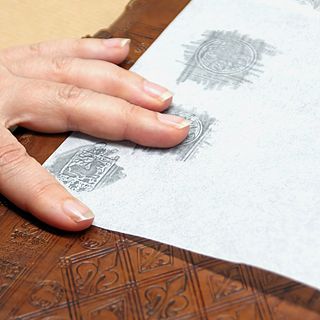
A rubbing (frottage) is a reproduction of the texture of a surface created by placing a piece of paper or similar material over the subject and then rubbing the paper with something to deposit marks, most commonly charcoal or pencil but also various forms of blotted and rolled ink, chalk, wax, and many other substances. For all its simplicity, the technique can be used to produce blur-free images of minuscule elevations and depressions on areas of any size in a way that can hardly be matched by even the most elaborate, state-of-the-art methods. In this way, surface elevations measuring only a few thousandths of a millimeter can be made visible.

In sewing and embroidery, a satin stitch or damask stitch is a series of flat stitches that are used to completely cover a section of the background fabric. Narrow rows of satin stitch can be executed on a standard sewing machine using a zigzag stitch or a special satin stitch foot.
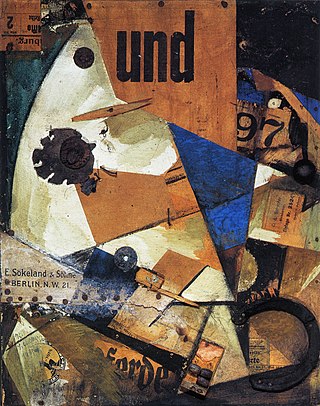
Collage is a technique of art creation, primarily used in the visual arts, but in music too, by which art results from an assemblage of different forms, thus creating a new whole.

Drafting tools may be used for measurement and layout of drawings, or to improve the consistency and speed of creation of standard drawing elements. Tools such as pens and pencils mark the drawing medium. Other tools such as straight edges, assist the operator in drawing straight lines, or assist the operator in drawing complicated shapes repeatedly. Various scales and the protractor are used to measure the lengths of lines and angles, allowing accurate scale drawing to be carried out. The compass is used to draw arcs and circles. A drawing board was used to hold the drawing media in place; later boards included drafting machines that sped the layout of straight lines and angles. Tools such as templates and lettering guides assisted in the drawing of repetitive elements such as circles, ellipses, schematic symbols and text. Other auxiliary tools were used for special drawing purposes or for functions related to the preparation and revision of drawings. The tools used for manual technical drawing have been displaced by the advent of computer-aided drawing, drafting and design (CADD).
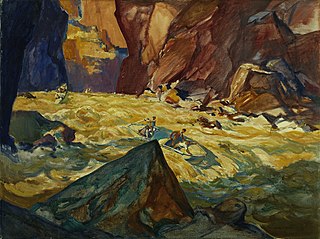
Henry Clarence Pitz was an American artist, illustrator, editor, author, and teacher who wrote and/or illustrated over 160 books, and dozens of magazine covers and articles. His most well-known book is The Brandywine Tradition (1968).

A colored pencil, coloured pencil, map pencil, pencil crayon, or coloured/colouring lead is an art medium constructed of a narrow, pigmented core encased in a wooden cylindrical case. Unlike graphite and charcoal pencils, colored pencils' cores are wax- or oil-based and contain varying proportions of pigments, additives, and binding agents. Water-soluble (watercolor) pencils and pastel pencils are also manufactured as well as colored cores for mechanical pencils.

Artists' charcoal is charcoal used as a dry art medium. Both compressed charcoal and charcoal sticks are used. The marks it leaves behind on paper are much less permanent that with other media such as graphite, and so lines can easily be erased and blended. Charcoal can produce lines that are very light or intensely black. The dry medium can be applied to almost any surface from smooth to very coarse. Fixatives are used with charcoal drawings to solidify the position to prevent erasing or rubbing off of charcoal dusts.



















